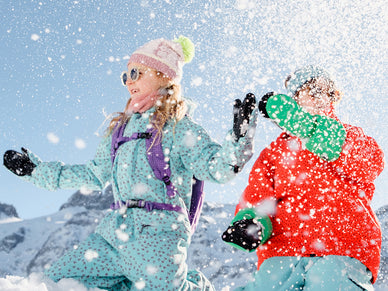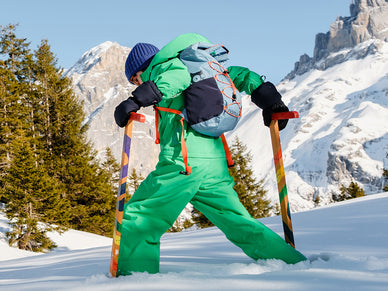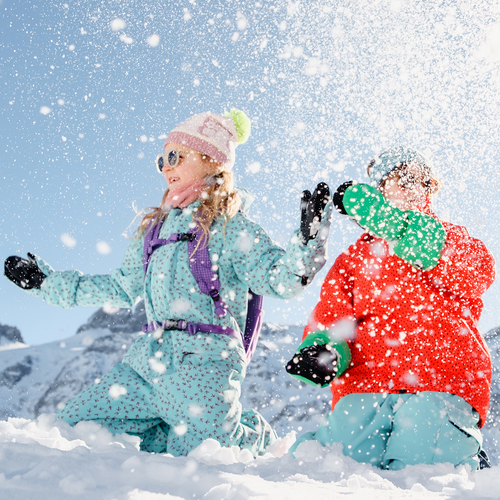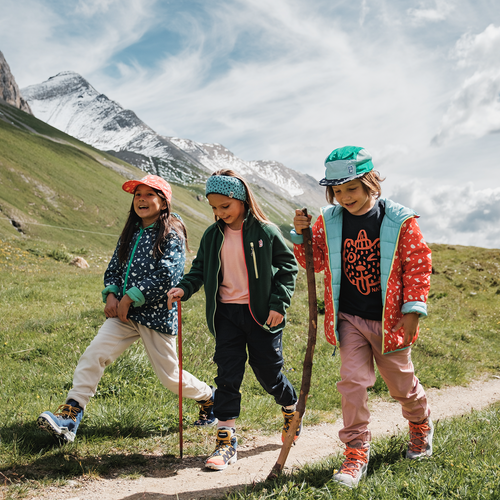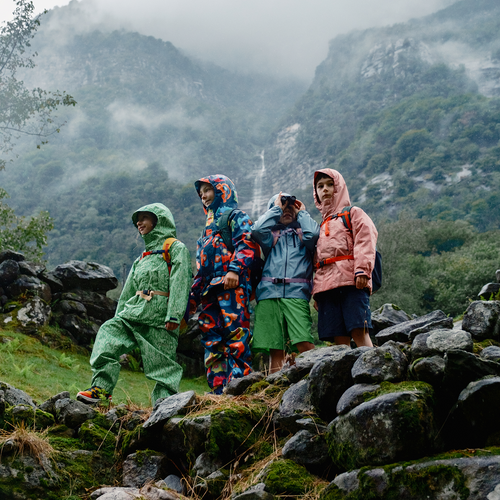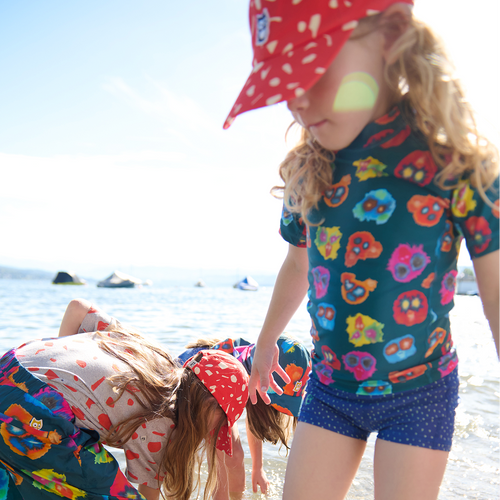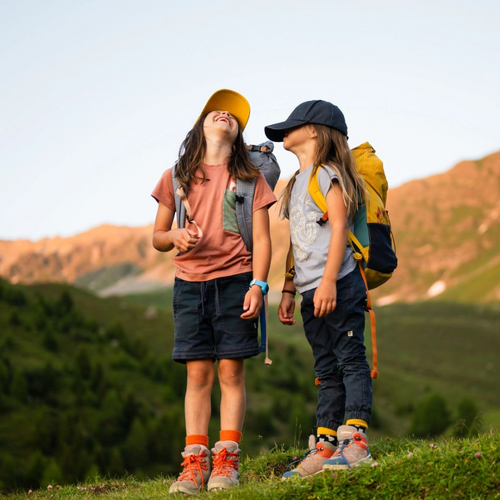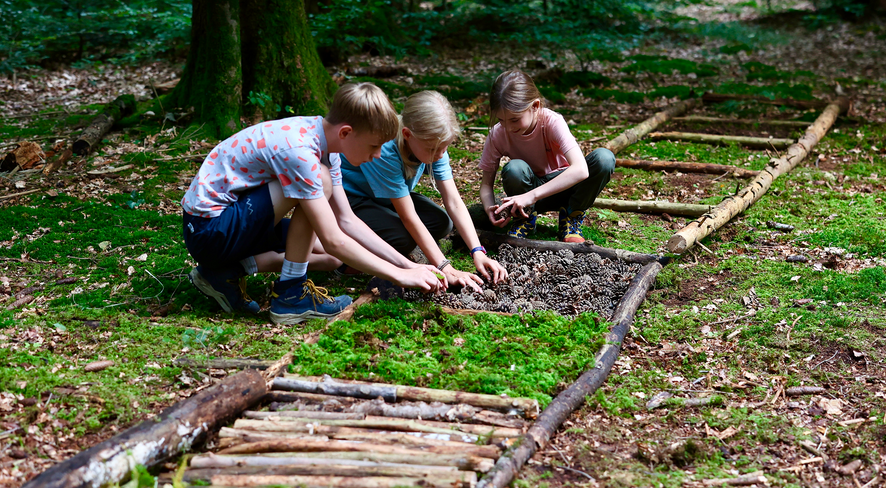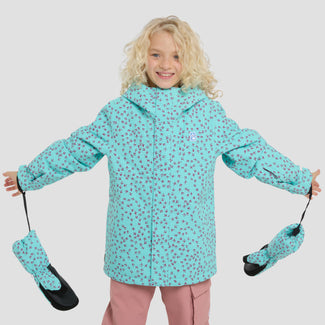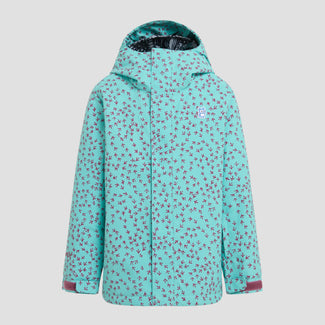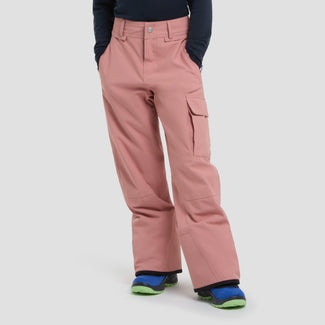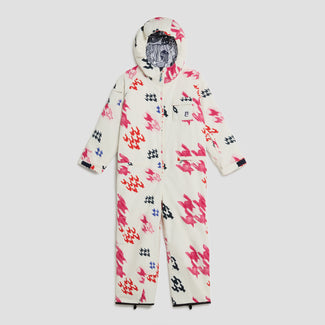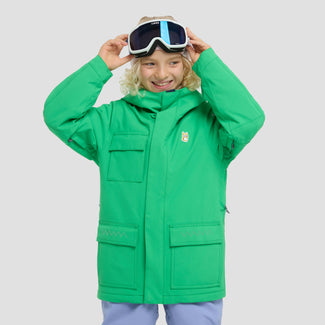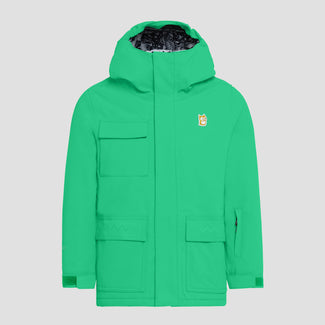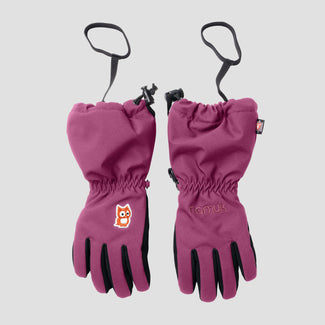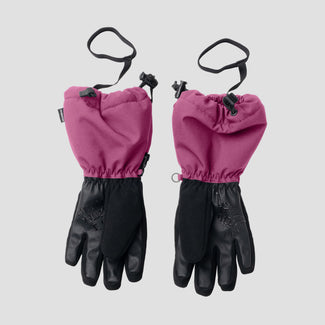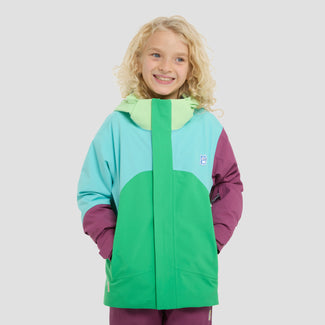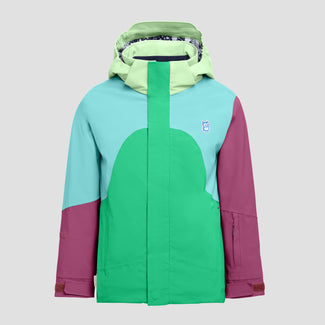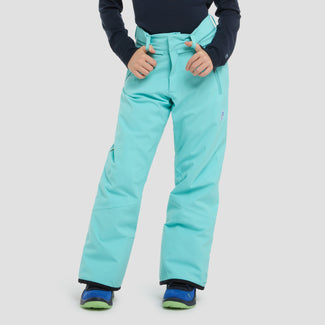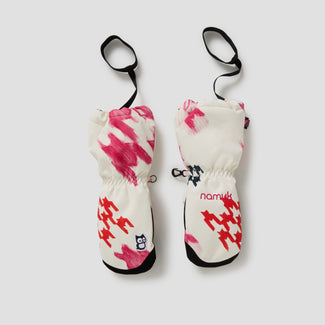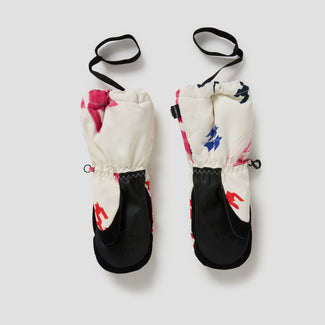As dawn breaks through the forest canopy, birdsong fills the air, dewdrops glisten on every surface, and beneath your bare feet you feel the cool moss and tender leaves.
Then you stumble upon a hidden pathway – crafted not from timber or rock, but from nature’s own treasures: soft moss, spiky pinecones, crisp leaves, and smooth stones. Walking barefoot along this trail, you experience the prickly touch of pinecones and the gentle caress of moss, discovering how the woodland feels beneath your feet. This becomes an expedition that engages not just your sight, but every sense you possess.

After Gabrielle from kindwaldundwiese has already inspired us with whimsical grass hearts, enchanting gnome huts, and charming reed boats, she now demonstrates how to construct your own barefoot trail in the forest – using only what nature has to offer. “It’s interesting to watch every kid responding differently to the barefoot trail,” Gabrielle notes. She’s witnessed this firsthand with her own little explorers. “Some kids find it pleasantly ticklish, while others don’t like the feeling at all – that’s precisely what makes it so captivating.”
What materials do you need?
Our barefoot trail is made exclusively of organic materials from the forest. The trail should be designed so these materials can seamlessly return to the natural cycle.

-
Lengthy branches or timber logs for the borders of the trail
-
Smaller branches to separate different sections
-
Moss and foliage that provide gentle cushioning
-
Pinecones for delightful massaging sensations
-
Rocks for contrast – cool, firm, and distinct
-
Wood shavings that smell wonderfully earthy and woody
-
Pins for securing the crossbars: Simply sharpen small bolts made of hazel on one side and insert three of them per crossbar into the ground
-
Plus, plenty of eager little collectors ready to hunt for the perfect materials

“We’re creating a multi-sensory adventure that’s both diverse and thrilling,” Gabrielle explains. “Moss and leaves offer gentle cushioning; pinecones provide a natural massage therapy. Stones introduce cooler, firmer textures while wood shavings carry that magical woody aroma. This blend of varied textures transforms the barefoot trail into an adventure for all senses.”
Important note: Always avoid protected plant materials and approach nature respectfully. This barefoot trail should be an eco-friendly creation that works harmoniously with the natural environment.

Creating your trail: Feeling the forest beneath your feet
1. Find a location: Choose an area with a relatively flat ground and free from protruding roots. The ideal spot provides stability for your trail and ensures the kids can walk comfortably and safely.
2. Building the frame: Position your longer branches or logs to create clear borders for your trail. This establishes a solid structure and keeps your trail stable over time.
3. Divide into sections: Use shorter branches to divide your trail into distinct stations. Each area should deliver a unique tactile experience – sometimes gentle, sometimes stimulating, sometimes cool and firm.
4. Gather materials: Embark on a forest expedition with the kids. Collect moss, leaves, pinecones, stones – anything the forest has to offer. Gathering materials on-site creates an authentic nature experience.
5. Filling the sections: Give each material its designated space. Soft moss for comfort, pinecones for stimulating challenges, and stones for firmer, cooler sensations.

6. Experience: Once your barefoot trail is finished, take off your shoes and begin exploring! Walk barefoot, wonder, giggle, and discover – a wonderful method to connect with the forest with all your senses.

Expert tips for your perfect barefoot trail
Here are some helpful suggestions for constructing and experiencing the barefoot trail:
-
Keep pinecone layers reasonably low – excessive height creates uneven surfaces and potential stumbling hazards
-
Add moss and flowers as decorations – these add some extra color and magic to your trail.

-
Tramp down materials – especially stones and pinecones for better stability (leave the moss loose and fluffy)
-
Include a water station at the trail’s end for refreshing feet – especially the younger adventurers enjoy it a lot

What makes this project so special?
“What I love about this activity is how differently each kid experiences their barefoot journey,” Gabrielle says. “One kid adores the soft leaves, another bounces excitedly across the pinecones. The forest reveals its complete diversity – and kids can feel it right beneath their feet.”
The barefoot path is more than just a DIY project. It enhances sensory skills and perception – every material feels differently. “It’s a great opportunity for kids to live in the moment,” Gabrielle explains. “The trail helps to train concentration, and it stimulates creativity – you can redesign and reimagine the stations over and over again.”

“It creates peaceful family moments,” Gabrielle adds. “After spending the day exploring and marveling, everyone feels pleasantly tired, joyful, and connected to nature.” Visual
A project for the entire family
This barefoot trail works perfectly as a family activity – it’s suitable for children around 3 years old, though older kids, teens, and adults find it equally enjoyable. It’s ideal for forest excursions, holiday projects, forest birthday celebrations, and micro-adventures with the family. Best seasons? Spring through autumn, whenever the ground is frost-free!
“Everyone gets involved in a meaningful way,” Gabrielle notes. “Younger kids gather, transport, and arrange materials, while the older ones often take charge of station planning and organization.” The barefoot trail becomes a collaborative effort where everyone contributes something valuable.

“It unites our family,” Gabrielle reflects. “We share laughter, amazement, and can get creative together. That’s what makes the forest so magical – we don’t just observe it passively but become active participants in its story.”
This barefoot trail exceeds typical DIY projects – it’s an invitation to experience nature through completely fresh, sensory approaches. Creativity, teamwork, and multi-sensory nature connection make this trail a project that enriches the present while creating lasting memories. “I believe that this is a project that will remain: in our memories, in our hearts, and hopefully also visible in the forest for years to come," Gabrielle concludes.

